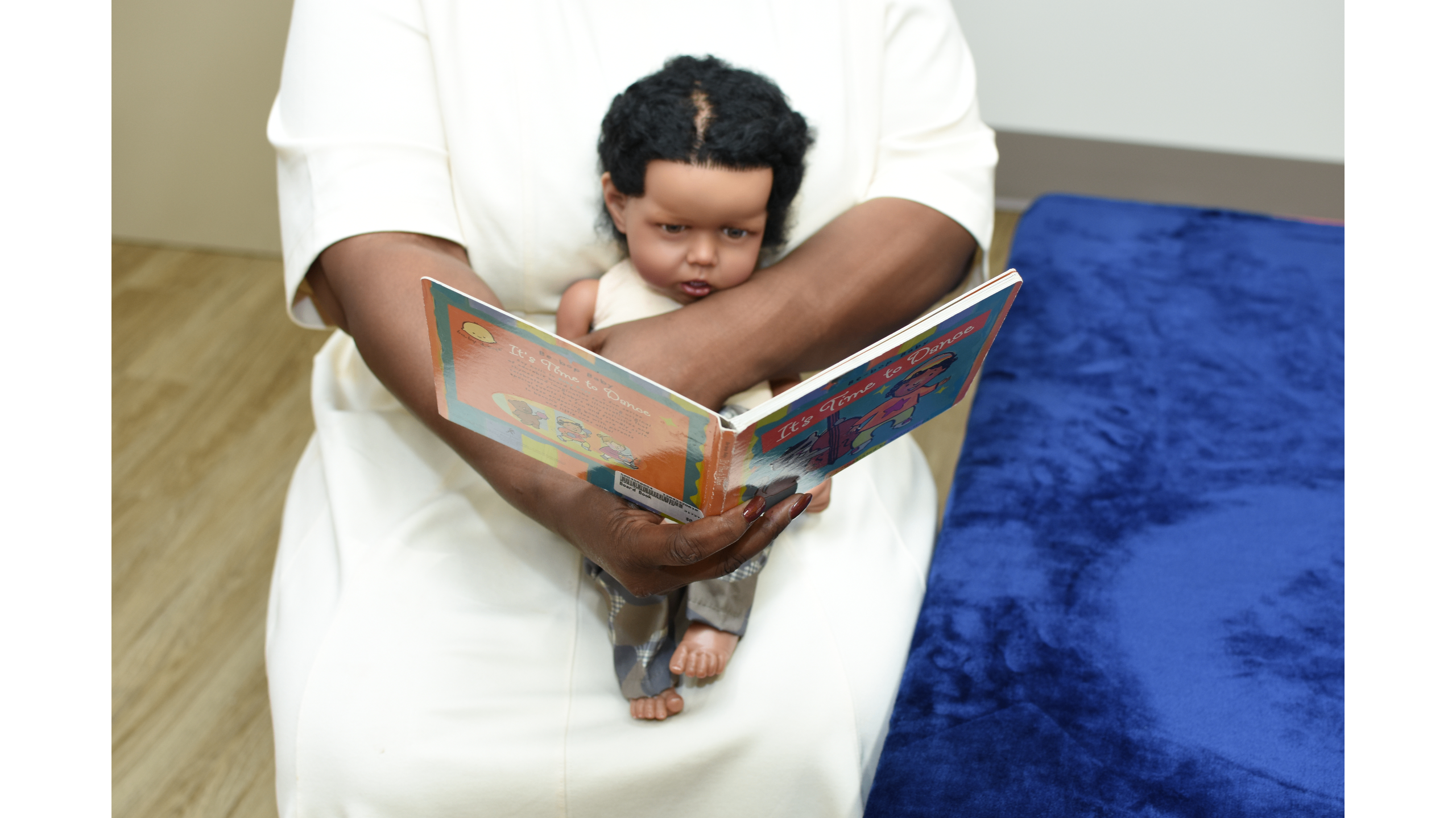Does your child have trouble moving their head? Do you notice a firm, small lump in their neck muscle? They may have congenital muscular torticollis. Read Community Health and Education Services’ guide on CMT to find out what your options are.

As parents, we always want the best for our children, but what do we do when we don’t know what’s wrong? Our gut tells us that something is off, but how do we find the resources we need to move forward? If you notice your child having difficulty turning their head and neck, it may be a condition called congenital muscular torticollis.
Don’t worry: There’s a guide that can help. Go to http://infanttorticollis.info for more information.
"Parent's Guide to Congenital Muscular Torticollis" was written by Dr. Philipps-Williams, a pediatrician on a mission to help more parents understand Congenital Muscular Torticollis and what they can do today to treat it. The condition, which is often abbreviated as CMT, causes tightness or contracture in the sternocleidomastoid muscle (SCM) and may lead to limited head and neck movement.
CMT may also cause a baby’s head to turn flat on one side, or what is called “flat head”.
The new e-book highlights a gap in the market for educational resources on CMT. In a recent study published in the medical journal, Healthcare, researchers estimated that congenital muscular torticollis is diagnosed in 3 to 5 out of 1,000 newborn babies. Because of its relatively low prevalence, parents of an infant with CMT often do not know what to do when their baby shows symptoms of the condition, such as neck muscle tightness, swollen neck muscles, and limited head movement.
Dr. Philipps-Williams wrote the new guide to demystify common perceptions about CMT. Over 16 extensive chapters, she helps you make more informed decisions about your child’s well-being. She begins by talking about CMT, how to detect it in an infant, and the many treatments you can use, including orthotics and tailored repositioning programs.
Rather than offering generic medical advice, Dr. Philipps-Williams guides you to fully understand CMT, and other specific forms of torticollis, such as ocular torticollis and benign paroxysmal torticollis. She also talks about the intricate connection between CMT and Sandifer Syndrome, a movement disorder that can cause muscle spasms in the head and neck.
She also clarifies that the majority of children with CMT show improvement after months of physical therapy. This is especially true if you notice the condition right away!
Want a copy of your own? The new e-book is found exclusively at Community Health and Education Services’ website. The educational resource can be accessed on any device.
A spokesperson for the group wrote "Designed to empower and support parents navigating this condition, our guide is a comprehensive tool that offers expert advice, practical tips, and valuable insights. With an encouraging tone, we delve into the causes, symptoms, and treatment options, providing a clear understanding of this condition. Let our parents' guide be your unwavering companion on this journey towards your child's well-being and progress."
Check out http://infanttorticollis.info so you can learn more.
